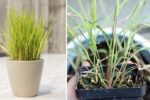Balcony gardening is a wonderful way to bring nature into your home, even if you don’t have a backyard. While many people focus on herbs or small vegetables, edible flowers are an often-overlooked addition that can transform your balcony into a colorful, fragrant, and delicious space. Edible flowers are not just pretty they can add flavor, aroma, and a touch of creativity to your meals. They are surprisingly easy to grow, even for beginners, and don’t require much space.
In this article, we’ll explore eight easy-to-grow edible flowers that thrive on balconies, along with simple instructions on how to grow and care for each one.
1. Nasturtium

Nasturtiums are one of the most popular edible flowers for beginners. Their bright orange, red, and yellow blooms bring instant cheer to any balcony. The leaves, flowers, and even seed pods are edible. The flowers have a slightly peppery taste, while the leaves add a fresh, spicy flavor to salads and sandwiches. They can also be used as garnishes for soups and other dishes.
How to Grow Nasturtium:
- Use medium-sized pots or hanging baskets with drainage holes.
- Fill with well-drained soil and place in a sunny spot.
- Sow seeds directly into the soil about 1 inch deep.
- Water regularly but avoid overwatering.
- Avoid excessive fertilizer; it can reduce flower production.
- Harvest flowers often to encourage continuous blooming.
Nasturtiums grow well in both containers and garden beds, making them perfect for balcony gardening. Their trailing varieties are particularly attractive when grown in hanging pots, letting the flowers cascade beautifully over the edges.
2. Calendula
Calendula, also called pot marigold, is known for its bright golden-yellow or orange petals. It has a mild, tangy flavor and can be used in salads, teas, and even baked goods. Calendula is also valued for its medicinal properties, often used in natural skincare for its soothing effects.
How to Grow Calendula:
- Start seeds in small pots or directly in balcony containers.
- Use fertile, well-drained soil and place the pots in full sunlight.
- Keep the soil slightly moist but not soggy.
- Remove wilted flowers regularly to encourage continuous blooms.
- Protect plants from strong winds or heavy rain.
Calendula flowers bloom continuously through most of the year, making them a long-lasting addition to your balcony. Their petals also dry well, so you can store them to use in teas or crafts during off-season months.
3. Pansy
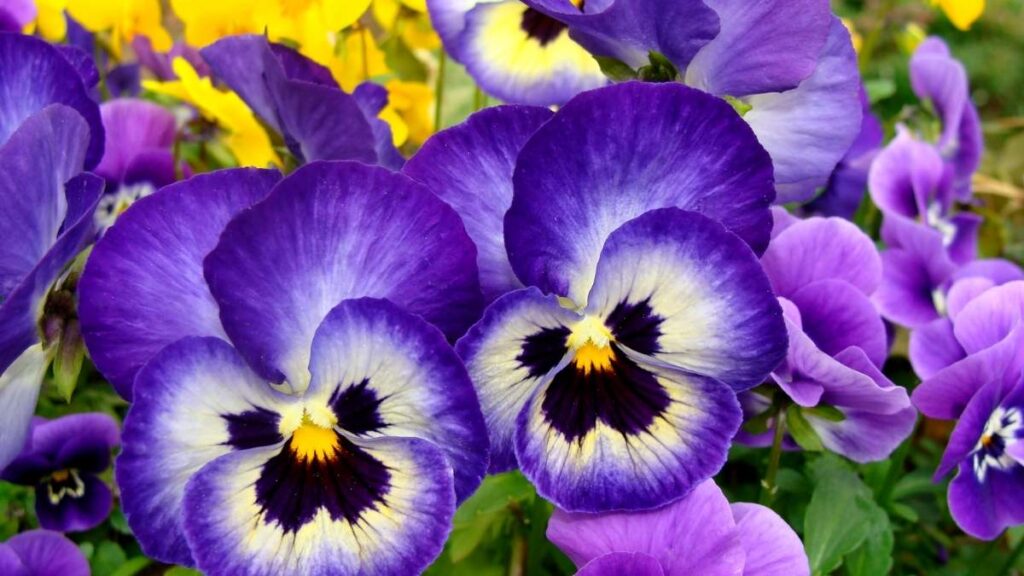
Pansies are known for their charming “faces” and wide range of colors. They have a mild, slightly sweet flavor, making them perfect for decorating desserts, drinks, or salads. Pansies are hardy and can thrive in cooler climates, which makes them ideal for year-round balcony gardening in mild regions.
How to Grow Pansy:
- Choose a shallow pot or tray with good drainage.
- Fill with fertile, moist soil.
- Place in partial sunlight; avoid direct afternoon heat.
- Water regularly to keep the soil consistently moist.
- Remove faded blooms to promote new flowers.
Pansies can also be frozen in ice cubes to create colorful and edible decorations for beverages. Their vibrant petals add a cheerful touch to both food and balcony décor.
4. Viola
Violas are smaller cousins of pansies with delicate petals and a fresh, light taste. They come in various shades, from purple and blue to yellow and white, and are perfect for adding a subtle flavor to desserts, salads, and teas. Violas are also long-blooming, providing color on your balcony for months.
How to Grow Viola:
- Plant seeds or seedlings in pots, hanging baskets, or window boxes.
- Place in a spot with partial sunlight.
- Keep the soil evenly moist without overwatering.
- Trim old flowers to encourage continuous blooming.
- Add a small amount of compost once a month to boost growth.
Violas are very low-maintenance and pair beautifully with herbs or leafy greens in the same container, creating a mixed edible garden that is both functional and decorative.
5. Borage
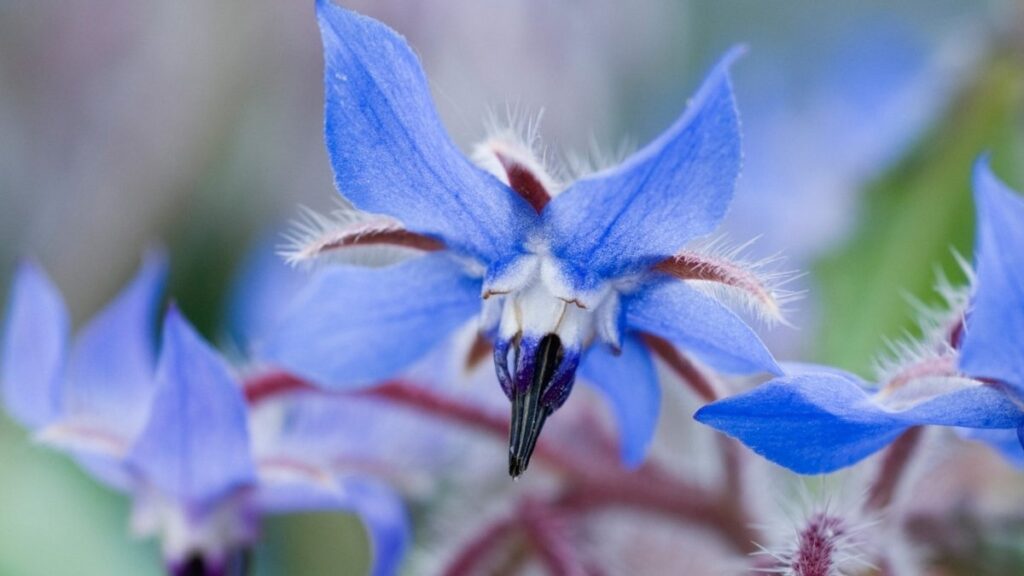
Borage is an eye-catching flower with star-shaped blue blooms and a fresh, cucumber-like flavor. It is not only edible but also attracts pollinators such as bees, which help your other balcony plants thrive. Borage leaves and flowers can be used in salads, drinks, or as garnishes.
How to Grow Borage:
- Use a deep pot to accommodate long roots.
- Fill with well-drained soil and place in a sunny location.
- Sow seeds directly about ½ inch deep.
- Keep the soil slightly moist.
- Once established, borage is low-maintenance.
- Harvest flowers regularly to enjoy fresh blooms.
Borage grows quickly and can reach up to 2 feet in height, so consider using taller pots or placing it in the back of your balcony garden to create layers of greenery.
6. Chamomile
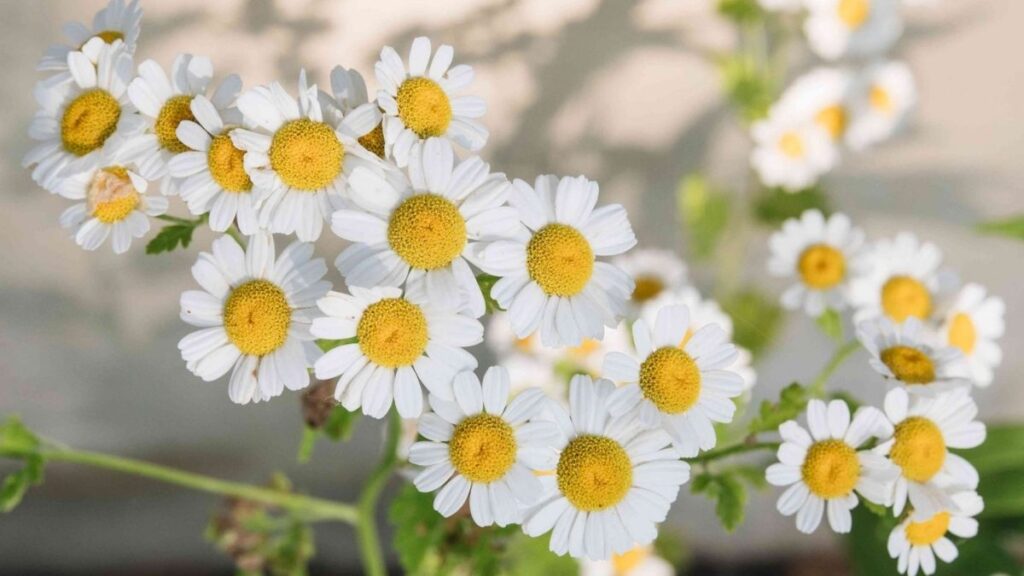
Chamomile is famous for its calming herbal tea, but the small daisy-like flowers are also edible. They have a gentle apple-like fragrance and a slightly sweet taste. Chamomile is perfect for tea, desserts, and even homemade skincare products.
How to Grow Chamomile:
- Choose medium-sized pots with good drainage.
- Use sandy, well-drained soil.
- Place the pot in full sunlight.
- Water lightly; chamomile prefers slightly dry soil.
- Harvest flowers when fully open for best flavor.
- Dry flowers naturally to use in tea later.
Chamomile can also be grown in small spaces and even thrives in window boxes, making it a versatile and calming addition to your balcony garden.
7. Lavender
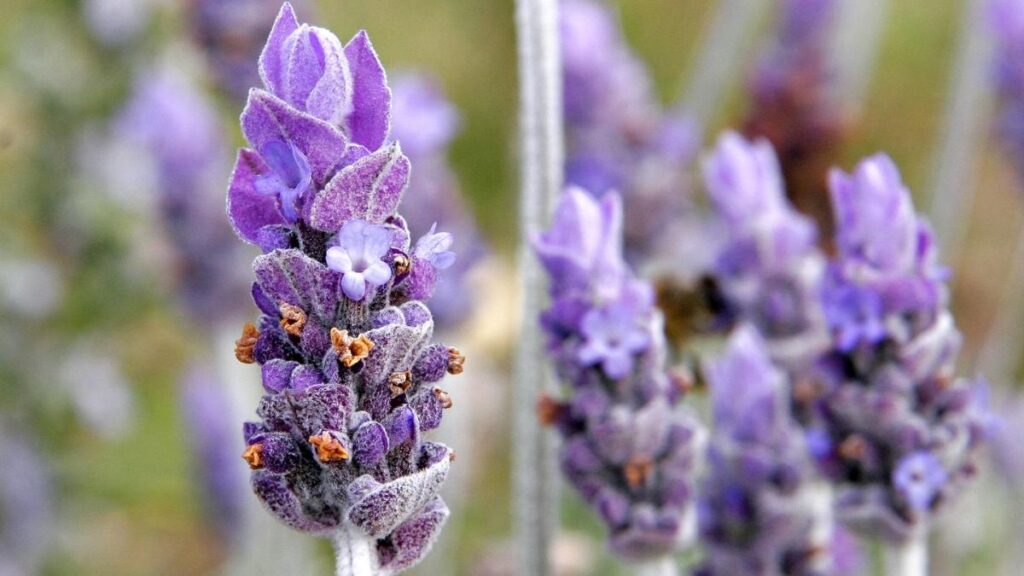
Lavender is loved for its beautiful purple blooms and soothing aroma. The flowers can be used in teas, desserts, or even flavored sugar. Lavender is not only decorative but also adds fragrance to your balcony, creating a relaxing atmosphere.
How to Grow Lavender:
- Use clay or ceramic pots with drainage holes.
- Plant in sandy or well-drained soil.
- Place in full sunlight for at least 6 hours per day.
- Water only when the soil is dry to prevent root rot.
- Prune after flowering to encourage bushier growth.
- Avoid overwatering as it can damage roots.
Lavender is drought-tolerant once established and thrives with minimal care. Its long-lasting blooms and fragrance make it a perfect companion to other edible flowers.
8. Marigold (Tagetes)
Marigolds are bright and cheerful flowers that are easy to grow and thrive in sunny conditions. They have a slightly citrusy and spicy flavor, which makes them great for salads and rice dishes. Marigolds also help repel pests naturally, benefiting other plants on your balcony.
How to Grow Marigold:
- Sow seeds directly in pots or containers with well-drained soil.
- Place in full sunlight for best growth.
- Water regularly, keeping the soil moist but not wet.
- Remove wilted flowers to encourage new blooms.
- Fertilize lightly once a month for healthy plants.
- They bloom best in warm weather.
Marigolds are low-maintenance and can bloom continuously for months, bringing long-lasting color and flavor to your balcony.
Tips for Growing Edible Flowers on Your Balcony
Growing edible flowers is easy if you follow a few simple tips:
- Use organic soil and avoid chemical fertilizers or pesticides since the flowers are edible.
- Choose pots with drainage holes to prevent waterlogging.
- Ensure most flowers get 4–6 hours of sunlight daily.
- Water regularly but avoid letting the soil become soggy.
- Remove dead or faded flowers to encourage new growth.
- Add compost or natural fertilizers occasionally for better blooms.
- Harvest flowers gently in the morning when they are fresh.
Final Thoughts
Edible flowers are a fantastic way to make your balcony garden more colorful, aromatic, and functional. They are easy to grow, require minimal space, and can add flavor and beauty to your meals. Whether you start with nasturtiums, lavender, or marigolds, each flower brings something unique to your balcony. Growing a variety of edible flowers not only enhances your garden’s visual appeal but also allows you to enjoy fresh, homegrown ingredients in your kitchen.
By choosing the right flowers and following simple care tips, even a small balcony can become a vibrant edible garden. Start with a few varieties, experiment with flavors in your dishes, and enjoy the satisfaction of growing flowers you can both admire and eat.


